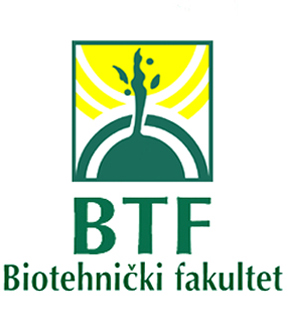| Abstract : |
Climate change, more intense in the 21st century, has and will have a detrimental effect on food production and quality in many parts of the world. The adverse effect of climate change will be the consequence of increased incidence of abiotic stresses, such as high temperatures and water shortages, and increased incidence of biotic stresses, such as pests and diseases. Climate change is expected to cause a decrease in biodiversity, especially in marginal conditions. Drought, as a yield-limiting factor, has become a major threat to food security. Plant responses to drought are affected by various factors including growth conditions, physiology, genotype, development stage, drought severity and duration. Thus, drought tolerance mechanisms involve diverse gene expression patterns and as complex signalling pathways. The complexity of inheriting drought tolerance has limited the progress of small grain breeding by using only the classical breeding methods. To accelerate yield improvement, physiological traits at all levels of integration need to be considered in breeding. Physiological breeding increases the probability of achieving cumulative gene action for yield compared to crossing physiologically uncharacterized genotypes. In practice, it differs from conventional breeding by considering a larger range of traits, including genetically complex physiological characteristics and differs from molecular breeding by encompassing both phenomic and genomic information.
Plant breeding is a complex process related to changing the genotype and phenotype of cultivated plants, as well as their relation to abiotic and biotic stresses. The climate change adaptation strategy, where photoperiod-temperature response of the cultivated plant is used, seeks to synchronize more precisely the dynamics of plant phenology with the dynamics of available water in the soil. This method mainly influences the change in flowering time, which seeks to avoid predictable occurrences of stress at critical periods in crop life cycles. So far, breeding has done the least to alter the roots genetically, making modern high-yielding varieties less effective than their predecessors in absorbing nitrogen from the soil. Harvest index is a measure of success in partitioning assimilated photosynthate. An improvement of harvest index means an increase in the economic portion of the plant. In water-limited environments, biomass production is a function of the water used by the crop and the efficiency with which it is converted into biomass. Biomass production can be defined by the amount of radiation intercepted and the radiation-use efficiency, i.e. the efficiency of the conversion of this radiation to dry matter. |

